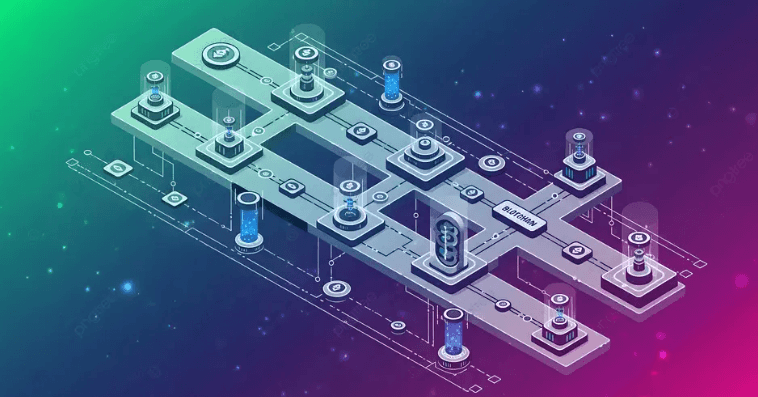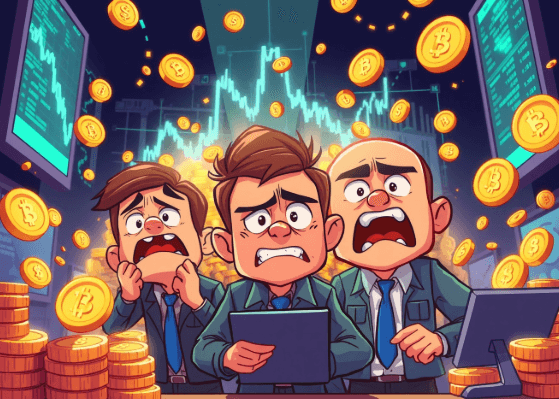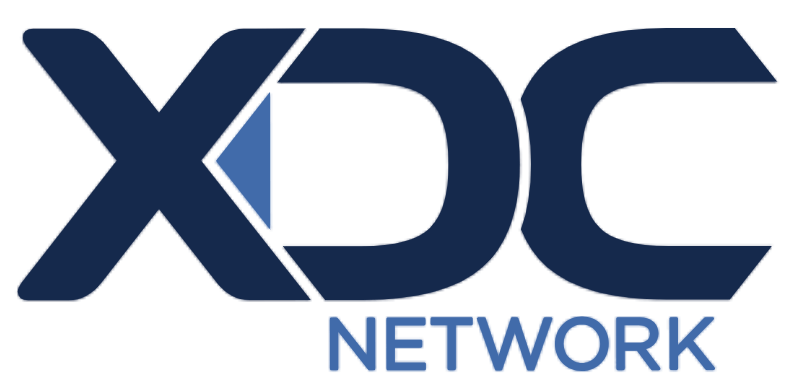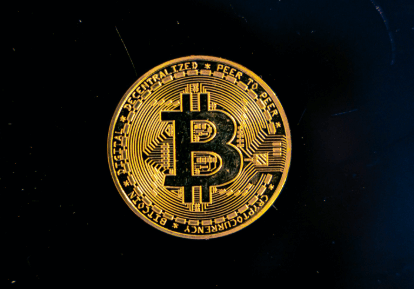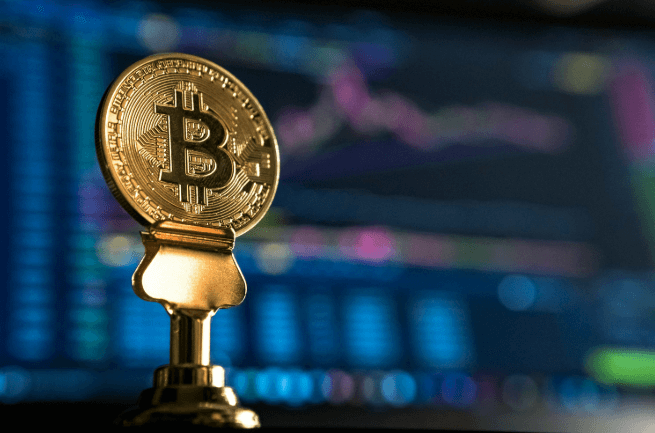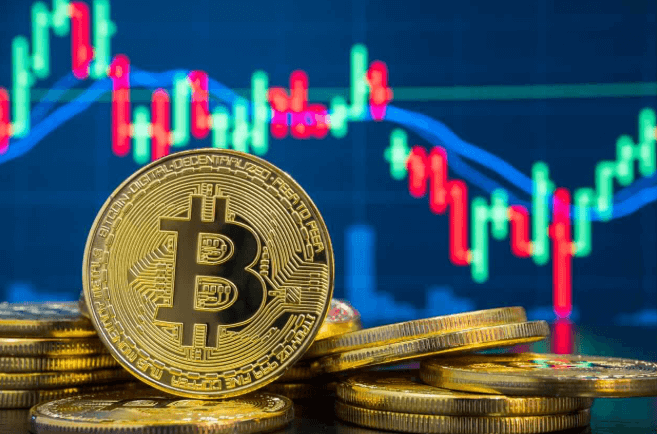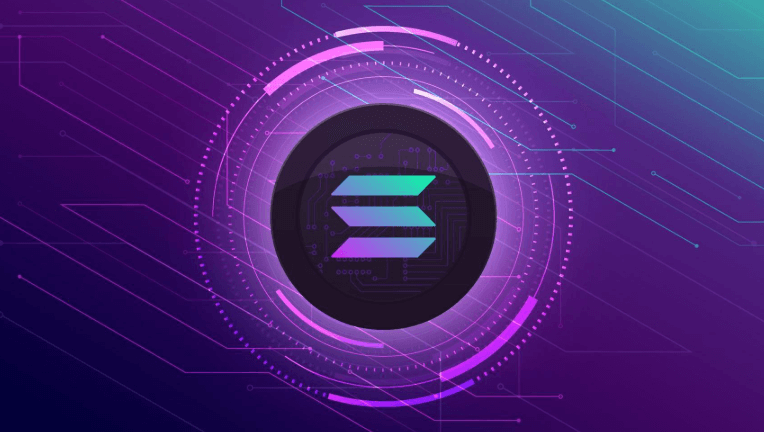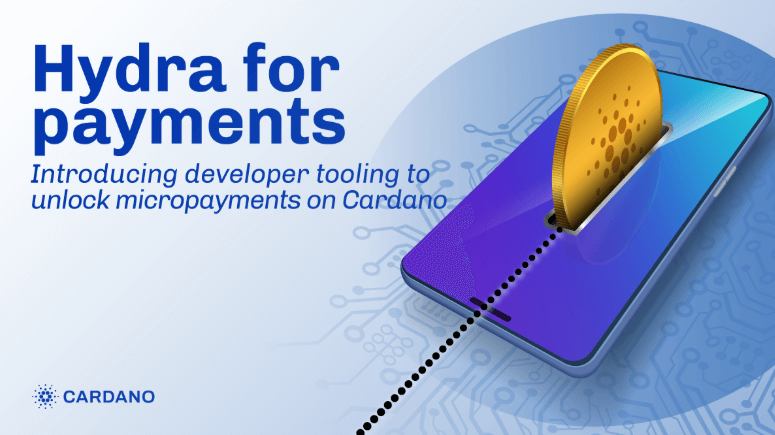The world of decentralized finance (DeFi) and non-fungible tokens (NFTs) is expanding rapidly, and XRP Ledger (XRPL) is positioning itself as a key player in these emerging sectors. Traditionally known for facilitating fast and cost-effective cross-border payments, Ripple’s network is now evolving into a broader ecosystem that supports DeFi applications and NFT marketplaces.

The Evolution of XRP Ledger
Originally designed to provide seamless international transactions, XRP Ledger is an open-source blockchain that offers low transaction fees, high scalability, and eco-friendly consensus mechanisms. Unlike Bitcoin’s proof-of-work (PoW) model, XRPL uses a unique consensus algorithm that enables fast and efficient transaction processing.
In recent years, Ripple and its developer community have expanded XRPL’s capabilities to include smart contract functionalities, decentralized finance applications, and NFT support, making it a viable alternative to Ethereum and other leading blockchain networks.
XRP Ledger’s Role in DeFi
With the integration of Automated Market Makers (AMMs) and Decentralized Exchanges (DEXs), XRPL is unlocking new DeFi opportunities:
- Liquidity Pools & AMMs: XRPL allows users to trade assets in a decentralized manner without relying on centralized exchanges.
- Decentralized Lending & Borrowing: Users can lend or borrow XRP and other tokens using smart contract functionalities.
- Stablecoins & Wrapped Assets: XRPL supports stablecoins and tokenized assets, providing more liquidity to the DeFi ecosystem.
Ripple has also announced initiatives like the XRPL Grants Program, which funds developers building DeFi applications on the network.
NFTs on XRP Ledger
With the launch of XLS-20, XRP Ledger now natively supports NFTs, allowing creators and businesses to mint, trade, and manage NFTs efficiently. Some key advantages of XRPL NFTs include:
- Low Minting Fees: XRPL’s cost-effective transaction structure makes NFT creation affordable.
- Scalability: XRPL’s high throughput enables fast processing of NFT transactions.
- Sustainability: Unlike energy-intensive blockchains, XRPL’s consensus model is environmentally friendly.
Several NFT marketplaces, such as XRP Café and Sologenic NFT, have already emerged on the XRPL network, providing artists and collectors with new opportunities to engage in the NFT space.
Future Outlook for XRPL in DeFi and NFTs
As XRP Ledger continues to evolve, its potential in the DeFi and NFT sectors remains promising. Key developments to watch include:
- Integration with Central Bank Digital Currencies (CBDCs)
- Expanded NFT Utility in Gaming and Metaverse Projects
- Cross-Chain Compatibility for Greater DeFi Adoption
With strong developer support and increasing institutional interest, XRP Ledger is shaping up to be a competitive force in the next wave of blockchain innovation. As DeFi and NFTs gain traction, XRPL’s capabilities will play a crucial role in redefining the digital economy.
Disclaimer: This article is for informational purposes only and is not investment advice. Investors should research carefully before making any decisions. We are not responsible for your investment decisions.

